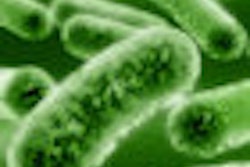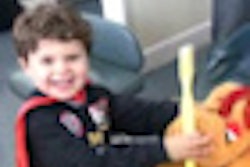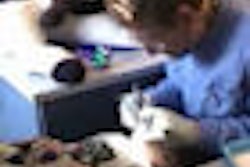A new University of Illinois study confirms the presence of bacteria associated with early childhood caries (ECC) in infant saliva (PLoS One, August 10, 2011).
The study focused on infants before teeth erupted, while most studies focused on children already in preschool or kindergarten -- after many children already have caries.
"We now recognize that the 'window of infectivity,' which was thought to occur between 19 and 33 months of age years ago, really occurs at a much younger age," stated Kelly Swanson, PhD, lead researcher and University of Illinois professor of animal science, in a press release.
His team used high-throughput molecular techniques to characterize the entire community of oral microbiota, rather than focusing on identification of a few individual bacteria.
"Improved DNA technologies allow us to examine the whole population of bacteria, which gives us a more holistic perspective," Swanson said. "Like many other diseases, dental cavities are a result of many bacteria in a community, not just one pathogen."
Through 454 pyrosequencing, researchers learned that the oral bacterial community in infants without teeth was much more diverse than expected and identified hundreds of species. This demonstration that many members of the bacterial community that cause biofilm formation or are associated with ECC are already present in infant saliva justifies more research on the evolution of the infant oral bacterial community, Swanson said.
"The soft tissues in the mouth appear to serve as reservoirs for potential pathogens prior to tooth eruption," he said. "We want to characterize the microbial evolution that occurs in the oral cavity between birth and tooth eruption, as teeth erupt, and as dietary changes occur such as breastfeeding versus formula feeding, liquid to solid food, and changes in nutrient profile."



















